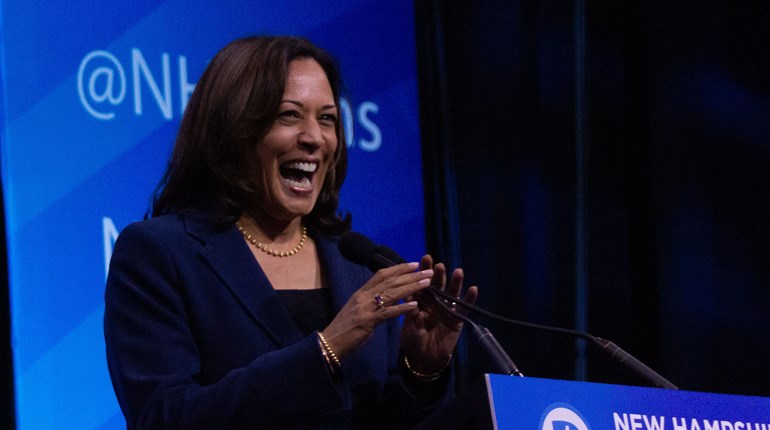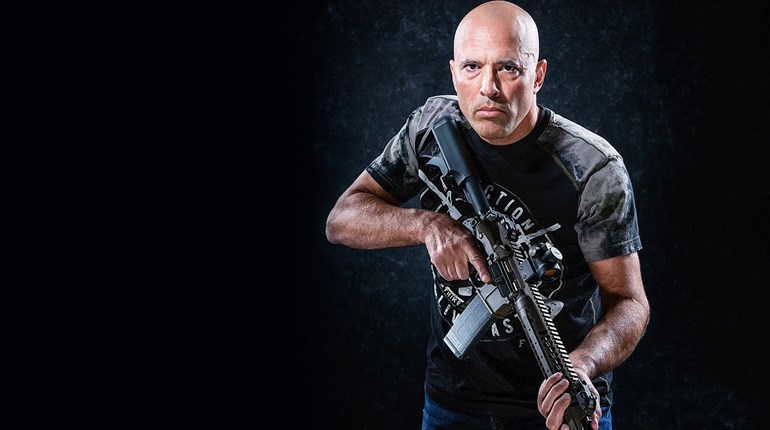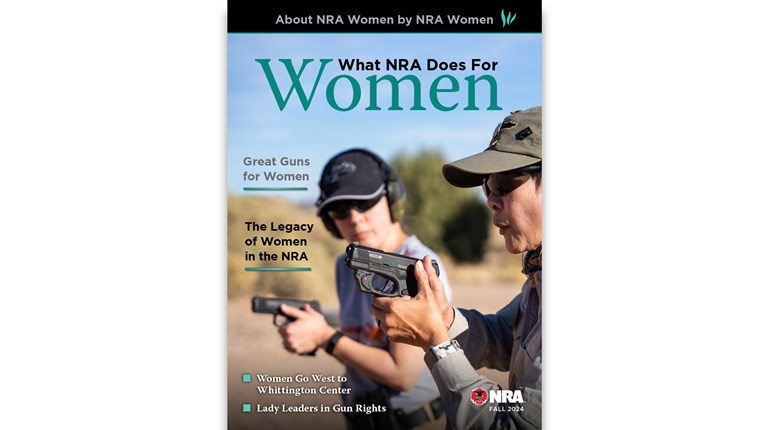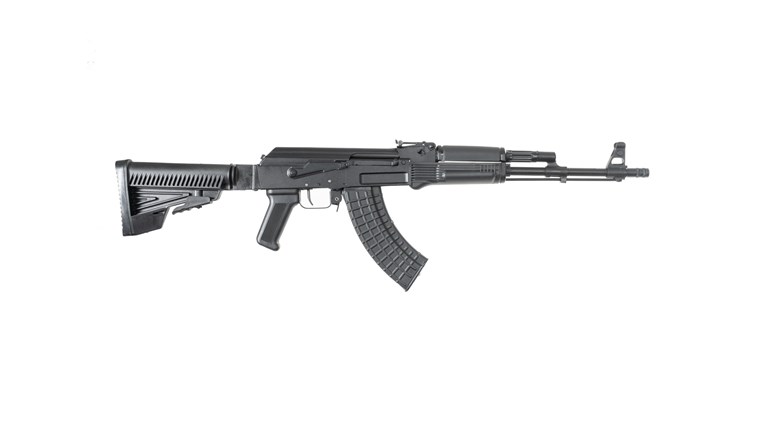
As I write these words, I am waiting for the federal government to agree that I am allowed to install a suppressor on my AR-15. Thus far, I have been waiting for about six weeks, which means that, if the Bureau of Alcohol, Tobacco, Firearms and Explosives (ATF) website is to be believed, I have another 188 days to go before I am approved. In total, I expect the process to take two-thirds of a year—which is an extremely long time to wait for a device that is designed to protect my health.
When I tell people how difficult it is to obtain a suppressor in the United States, they often look at me as if I’ve either misunderstood the law or I’ve left out a vital piece of information. “Is this for some crazy gun?” they will ask. “Is it because you’re an immigrant, perhaps?” “Surely, there must be something else going on here?”
But there’s not anything else going on here; it’s not because I’m an immigrant; and, while they’re all nice, none of my guns are especially “crazy” in design. It just really is rather burdensome to get hold of a suppressor in America. When calling for more regulations, our politicians talk a good game about “common sense,” but, as is so often the case, a closer examination of the rules reveal that there is nothing even approaching “sense” in much of the U.S. Code. That our extant legal framework treats inanimate noise-reduction devices in precisely the same manner as bazookas and Molotov cocktails makes this about as clear as can be.
Were the United States to abolish all its gun-control laws and begin the process of reassembling them from scratch, nobody in his right mind would propose that suppressors ought to be treated as if they were low-grade nuclear weapons. And yet, inexplicably, they are. In 1934, Congress passed a sweeping gun-control bill, the National Firearms Act (NFA), that designated certain types of firearms—and certain accessories—as supposedly high-risk items and attached a Draconian set of rules to their acquisition, possession and carriage. Originally, the plan was to place pretty much every commonly owned gun in the United States into the NFA—including garden-variety pistols and revolvers. But, unable to garner sufficient support for such a transparently unconstitutional rule, the law’s authors ended up with an eccentric smorgasbord of particulars that, when examined in the cold light of day, does not make much sense at all. Automatic weapons were included in the NFA. So were grenades, mortars, rocket launchers and weapons with bore diameters exceeding half an inch. The law also covered shotguns with barrels shorter than 18 inches, rifles with barrels shorter than 16 inches and, for reasons that have been lost to history, suppressors were thrown in, too.
Thus, it came to pass that Americans who wished to limit how much noise their guns made were obliged to jump through an expensive, intrusive, time-consuming process of the sort that was historically reserved to the acquisition of a security clearance. Before one can obtain a suppressor in the United States, one must pay a $200 non-refundable transfer fee, submit one’s fingerprints and photographs to the ATF, undergo a background check and agree to place one’s name on the sprawling federal registry of NFA-regulated items that has somehow persisted to this day. And then? Then, one must wait. Current processing times for applications are 270 days for submissions on paper and 236 days for submissions filled out online, and, if the background check comes back without a clear result, the process must be started again. By way of comparison, consider that the National Instant Criminal Background Check System (NICS) that attaches to all commercial firearms purchases can be completed in mere seconds, and, by law, cannot be delayed more than 72 hours for most buyers. Can anyone argue with a straight face that this is a sensible arrangement?
Oh, and I missed the worst part, which is that one has to undergo this Byzantine process each and every time one procures—or transfers—a suppressor. That $200 isn’t for an “NFA license,” which qualifies you to buy anything on the list. Those fingerprints and that background check don’t yield an “NFA card,” good for a certain number of years. The process is per unit. If, like me, you have a whole bunch of rifles, each with a slightly different purpose, and you wish to buy a suppressor for each one of them, you must pay that $200 for every suppressor you buy.
I was fortunate enough to be helped through my application process by an innovative company based in South Dakota named Silencer Central, which both sells suppressors and, as part of the purchase process, walks its customers through the paperwork from start to finish. In effect, Silencer Central’s founder, Brandon Maddox, has found himself in an odd position: He runs a company that provides a service that, ideally, he’d like to render obsolete. In the long run, Maddox told me, he hopes that suppressors will be removed from the NFA so that he can sell direct. But, until they have been, he’s determined to simplify the process for consumers such as myself in much the same way as TurboTax simplifies the process of filing a 1040.
A few years back, Maddox had the idea of managing the process entirely online and through the mail, which meant that I was able to browse the company’s inventory, find a suppressor to fit my rifle and fill in all the ATF paperwork without ever leaving my house. With his team’s help, I got all the steps done in the space of a couple of online forms and a brief phone call.
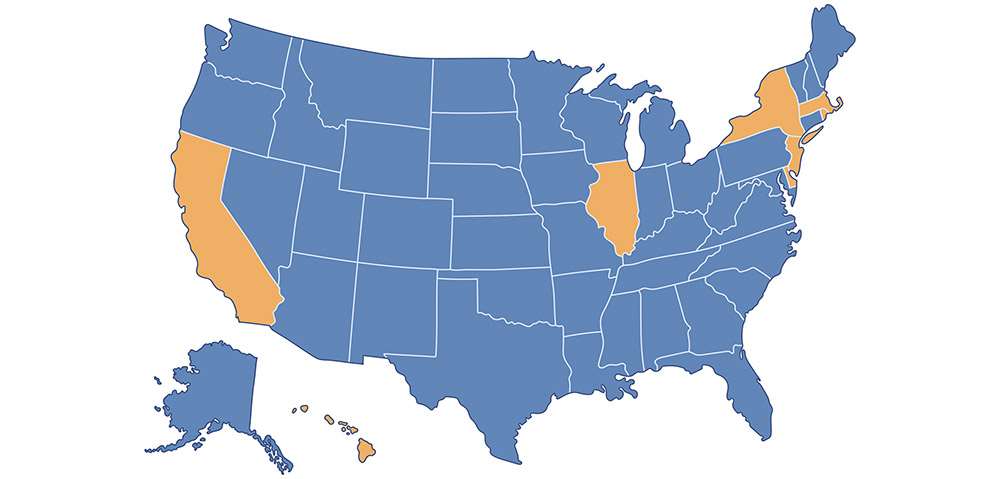
There are, however, real limits to what even Maddox will be able to achieve. He cannot reduce the wait time. He cannot create the economies of scale that would come if the suppressor market were truly unleashed. And he cannot reduce the less-visible costs of compliance, which will persist in one form or another until the law is finally changed. In one sense, the current status of suppressors under American law provides a perfect illustration of the government’s power to destroy and misinform. The numbers clearly show that there is nothing outlandish or exotic about suppressors: the technology that undergirds them is more than a century old; there are nearly three million of them in the hands of the citizenry; and they are legal to purchase, possess and use in 42 of the 50 states. And yet, because they are categorized in the way they are, a depressing number of our lawmakers—those I’d label defenders of inertia—are able to mischaracterize the advocates of reasonable, logical change as the “extremists” in the debate.
In recent years, a handful of attempts to deregulate suppressors have been made in the U.S. Congress, and all have died at the hands of gun-control advocates whose opposition is the result less of any comprehensible policy desire and more of a fanatical desire to maintain every possible restriction on the exercise of the Second Amendment. In 2015, when the Hearing Protection Act was first introduced, I was astonished at the sheer idiocy of the marshalled opposition to it, which seemed to me to be driven by an unlovely combination of antipathy toward anything that might make life easier for gun owners and the mistaken belief that Hollywood’s fanciful depictions of suppressed firearms reflect real life. Eight years later, I remain astonished.
Indeed, the more I have learned about this topic, the more I have come to understand that there is no plausible reason to discourage their use—and many good reasons to strongly encourage it. When pushed, critics will insist that they are concerned about “safety.” But, as usual, their approach has it entirely backwards. The use of suppressors in violent crime is so infinitesimally small that it is impossible to convey in statistics. The effect that suppressors have on gun owners’ health, by contrast, is self-evident. The National Institute for Occupational Safety and Health reports that exposure to sounds over 140 dB will cause human beings immediate and permanent hearing damage. The average firearm produces between 150 and 165 dB of noise. The average suppressor reduces that concussive noise by between 20-35 dB, bringing it much closer to—or below—the 140 dB threshold. A suppressor does not “silence” a firearm in the way that one might see in a James Bond film; it merely brings the noise it makes down to the equivalent of a jet engine as heard from a distance, which, for people who shoot regularly, is invaluable.
All things considered, it ought to be easier to imagine a world in which rational gun-control advocates demanded that suppressors be mandatory than one in which they demand that they be banned or made artificially expensive or rendered annoyingly tough to obtain. Or, to put it another way: In a sensible world, suppressors would not be regarded by the federal government as mysterious, movie-style enhancements that mark their owners out as suspect, but as elementary safety accessories that are equivalent in nature to sunglasses or sunscreen or airbags. How one chooses to protect one’s ears ought to remain the choice of each individual, not of the government. It seems clear to me that if the ATF’s hyperregulation of suppressors were to be abandoned, a higher number of gun owners would choose to add them to their firearms, and that a good number of gun manufacturers would build them into their designs at the factory. The demand is there. It’s just being smothered.

About 10 years ago, I went to Scotland for my bachelor party, where I was taken skeet shooting. To my surprise, the 20-gauge shotguns that we used were all suppressed—not, as you might imagine, because the British are fond of rare or unusual weaponry, but because our instructor considered suppressors to be a straightforward part of the hearing protection and recoil-reduction that he liked to provide to groups of people unaccustomed to shooting guns. Britain doesn’t have the same gun culture as America, and wedding parties, which can often be overly exuberant, can be tough to teach. To address these issues, he had installed suppressors on all his firearms—a decision that, in his estimation, made the process of shooting safer, not more dangerous. I suspect that if I had told him that, over in the United States, he’d have had far more trouble getting ahold of the suppressors than of the shotguns, he’d have laughed in confusion.
It can be tough for those of us who believe that the Second Amendment is imperative to comprehend why anyone would wish to place obstacles in the way of the responsible exercise of the right to keep and bear arms. But, in one sense, the question answers itself. To us, the benefits of suppressors are obvious: they make practice easier and safer; they help hunters be more polite to their neighbors; they allow physically smaller shooters to enjoy larger calibers; they aid newcomers who are being introduced to guns and so on.
Disgracefully, those who oppose removing suppressors from the NFA do so for precisely the same reasons: because they make practice easier and safer; they help hunters be polite to their neighbors; they allow physically smaller shooters to enjoy larger calibers; they aid newcomers who are being introduced to guns and so on.
At root, the hostility toward suppressors is hostility toward gun ownership.
Eventually, something will have to give. It is rare for a product to be legal in 42 states but still be treated as a pariah by the federal government, especially when that product is widely understood to be beneficial. Who knows? Perhaps by the time my application is approved, Congress will have come to its senses on this matter—for the first time in 89 years.












